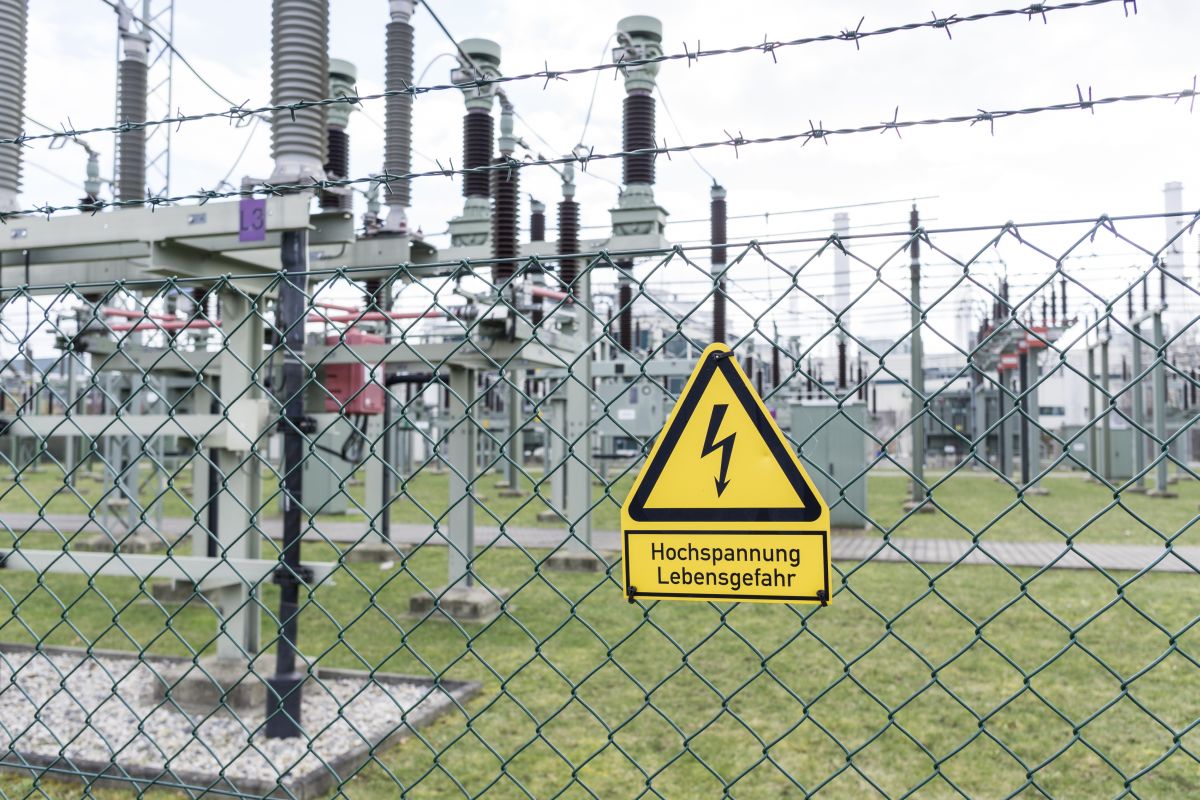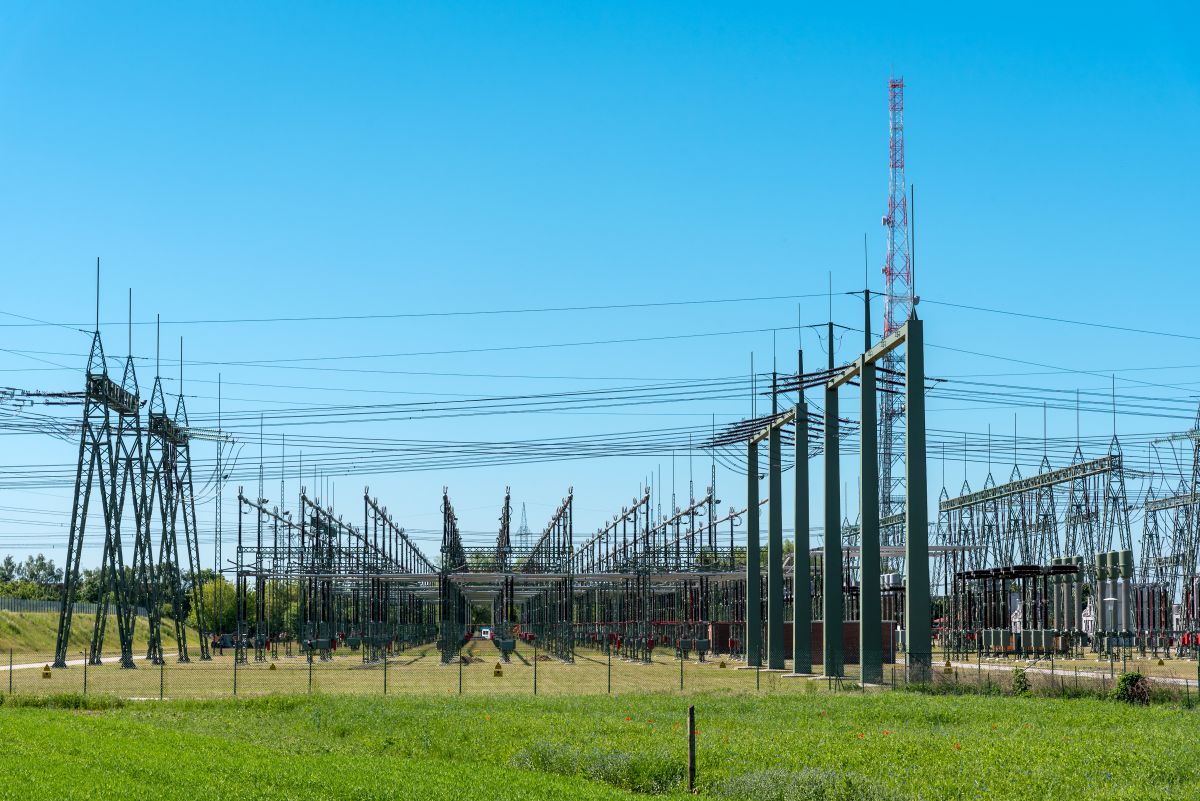A violation of any North American Electric Reliability Corporation (NERC) standard carries significant legal and regulatory consequences, much like breaching federal law. NERC is responsible for ensuring the reliability and security of the North American bulk power system, and its standards are legally enforceable. Failure to comply with NERC standards exposes an organization to financial penalties and increases the risk of grid instability, operational disruptions, and reputational damage.
Importance of Regulatory Bodies
Recently, FERC approved the assignment of more than 700 violation risk factors associated with NERC’s reliability standards. This decision underscores the increasing regulatory scrutiny surrounding grid security, cyber resilience, and operational reliability. Violation risk factors (VRFs) help categorize compliance breaches based on their potential impact on the reliability and stability of the bulk power system. Higher-risk violations, such as failures in critical infrastructure protection (CIP) requirements, could result in severe penalties, while lower-risk infractions may still lead to compliance obligations and remedial actions.
Let’s look at the severity levels:
Violation severity levels
Also see Violation Risk Factor and Violation Severity Level Assignments from NERC
NERC and FERC assign different risks and severity levels “violation risk factors (VRF)” and “violation severity levels (VSL)” to each violation: low, medium, or high. FERC also directed NERC to modify 28 violation risk factor assignments and make a compliance filing within 60 days with an explanation for the assignment of approximately 75 violation risk factors.
Low risk factor
For instance if your breach was “considered administrative in nature where a NERC violation would not be expected to affect the reliability of the Bulk-Power System.” It is classified as a “Low” risk factor.
Medium risk factor
The medium risk level factors are those, that “while unlikely to cause or contribute to Bulk-Power System instability or cascading failures, could, however, directly affect the electrical state, capability, monitoring and control of the Bulk-Power System.”
High risk factor
High risk requirements are those that “could conceivably cause or contribute to Bulk-Power System instability or cascading failures.” Monetary penalties are assessed according to the level of risk to the reliability of the national bulk electric system and the severity of the violation.
Examples of NERC fines and VRF/VSLs
NERC fines Duke Energy $10 million for cybersecurity failings and the actual notice of penalty letter from FERC A really good (redacted) document from NERC that shows the application of VRF/VSL and risk
But it doesn’t stop with NERC finding violations:
Regional Entities can also Recommend fines and sanctions
NERC, as the Electric Reliability Organization (“ERO”), and Regional Entities to whom NERC has delegated authority, shall determine and may levy monetary penalties and non-monetary sanctions and remedial action directives against owners, operators, and users of the Bulk Power System for violations of the requirements of NERC Reliability standards approved by the Federal Energy Regulatory Commission (“FERC”) and applicable governmental authorities in Canada and/or Mexico.
So, Regional Entities like WECC, TRE, MRO etc. can also determine and levy penalties and non-monetary sanctions. Sanction guidelines from NERC.
Conclusion
Compliance with NERC reliability standards is crucial for ensuring grid stability and avoiding penalties. With FERC’s approval of 700+ violation risk factors, regulatory scrutiny is increasing, making proactive compliance essential. Understanding violation risk factors (VRFs) and severity levels (VSLs) helps organizations mitigate risks. Additionally, regional entities enforce these standards, reinforcing the need for strict adherence. As regulations evolve, staying compliant is key to maintaining a secure and reliable energy grid.
Disclaimer: Any opinions expressed in the blog do not necessarily reflect the opinions of Certrec. The content of this blog is meant for informational purposes only.












